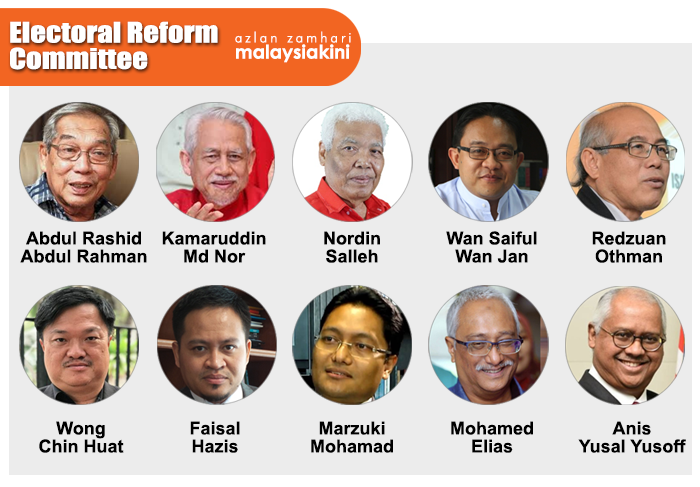COMMENT | This Merdeka, we learned that we may soon be able to celebrate a new independence – freedom from the first-past-the-post (FPTP) electoral system.
Much has been written about the manner in which FPTP systems are archaic and fail to adequately or accurately represent the political aspirations of an electorate.
Electoral Reform Committee (ERC) chair Abdul Rashid Ab Rahman said on Wednesday that it would look into the possibility of replacing this with another system to ensure proportionate representation.
Had we had instead an electoral system which was fully proportionate, Pakatan Harapan would only have about 36 seats, BN about 12, and PAS about 8 in Selangor – a vastly different reality than the 51 seats the ruling coalition won, and one that arguably better reflects political sentiment in the state.
Similar problems occur throughout the other states, and at the federal level.
The EC’s decision to study alternative models is thus extremely promising, one of the most encouraging developments to date regarding the long-term health of Malaysia’s democracy.
On a side note, we hope that when the ERC expands its membership from 10 to 18, it will include representatives from all major political parties – not just the one, as at present – as well as a more diverse set of individuals.

In this article, perhaps we can look at some of the most popular alternatives to FPTP systems that are widely practiced around the world today, and investigate some of their pros and cons, as well as begin to ascertain which might be best for Malaysia.
The three most common alternatives are: party-list proportional representation (PR), single transferable vote (STV), and mixed-member proportional representation (MMP).
Definitions
As Wikipedia states: “Proportional representation characterises electoral systems by which divisions into an electorate are reflected proportionately into the elected body. If n percent of the electorate support a particular political party, then roughly n percent of seats will be won by that party...

